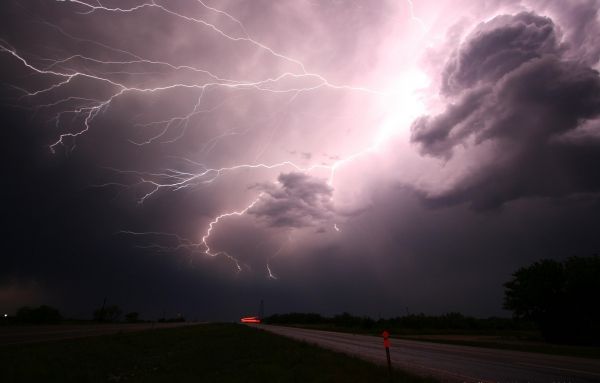Climate change is shifting the energy in the atmosphere that fuels summertime weather, which may lead to stronger thunderstorms and more stagnant conditions for midlatitude regions of the Northern Hemisphere, including North America, Europe, and Asia, a new MIT study finds.
Scientists report that rising global temperatures, particularly in the Arctic, are redistributing the energy in the atmosphere: More energy is available to fuel thunderstorms and other local, convective processes, while less energy is going toward summertime extratropical cyclones — larger, milder weather systems that circulate across thousands of kilometers. These systems are normally associated with winds and fronts that generate rain.
“Extratropical cyclones ventilate air and air pollution, so with weaker extratropical cyclones in the summer, you’re looking at the potential for more poor air-quality days in urban areas,” says study author Charles Gertler, a graduate student in MIT’s Department of Earth, Atmospheric and Planetary Sciences (EAPS). “Moving beyond air quality in cities, you have the potential for more destructive thunderstorms and more stagnant days with perhaps longer-lasting heat waves.”
Read more at Massachusetts Institute of Technology
Image Credit: Pixabay


